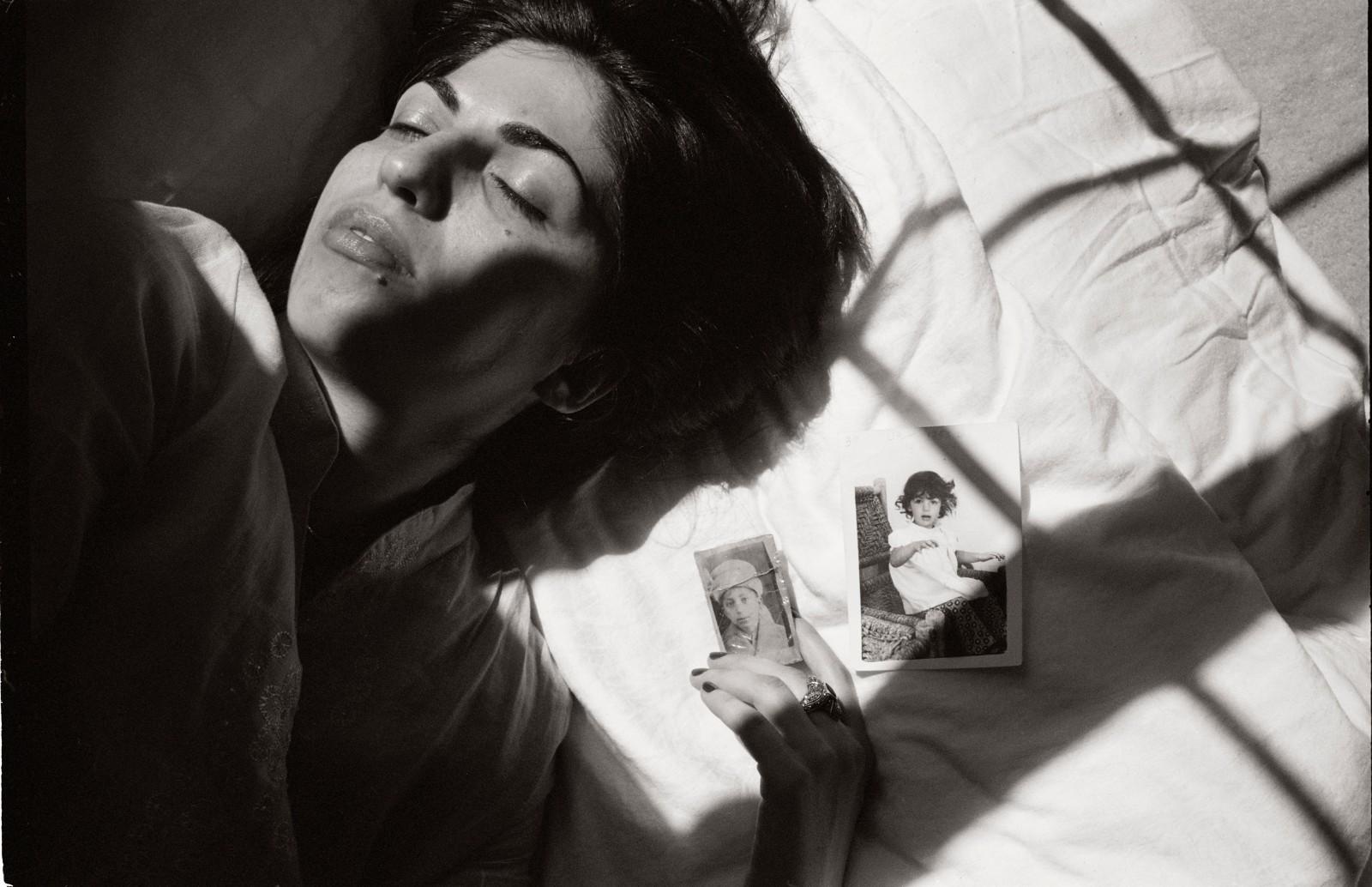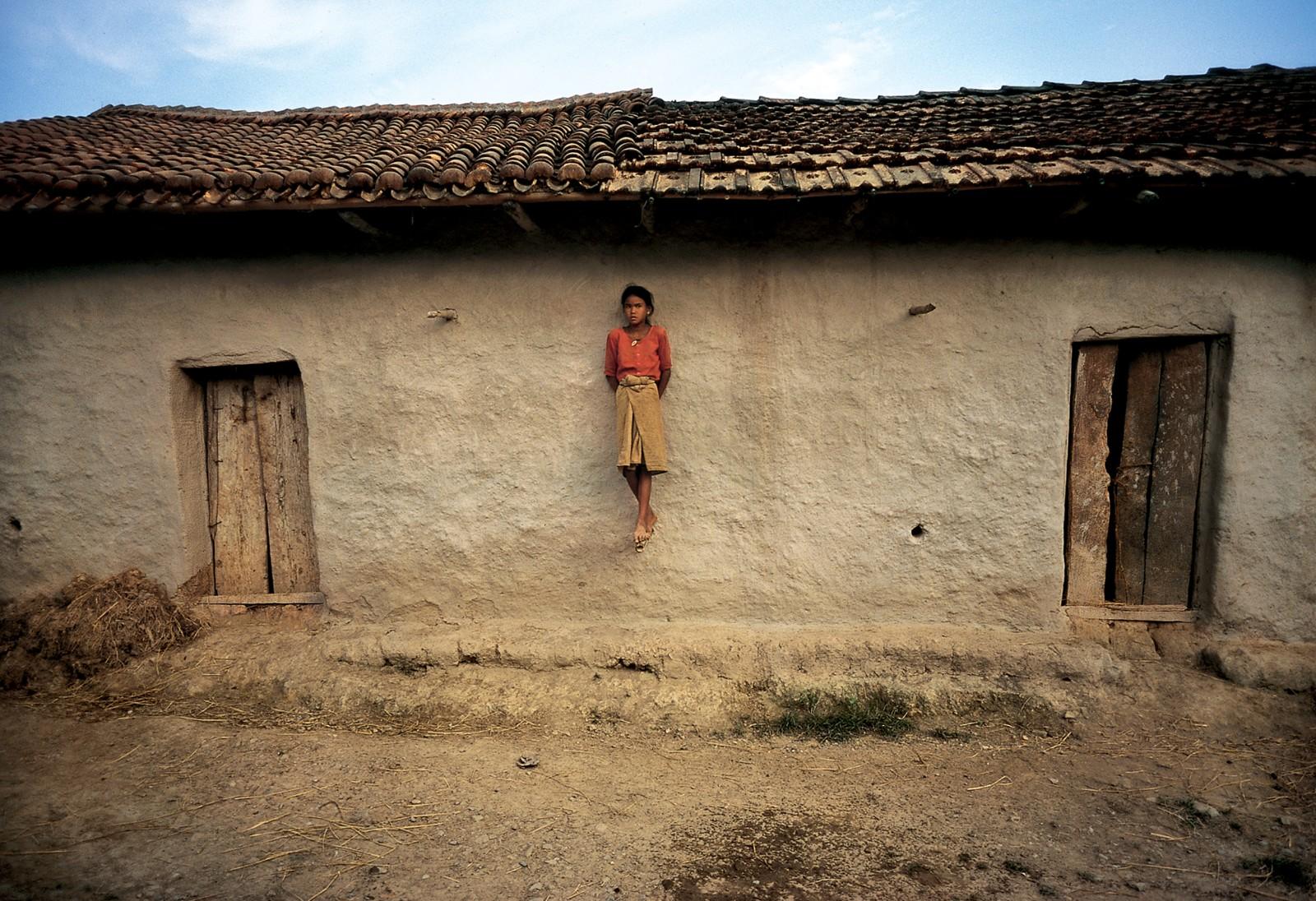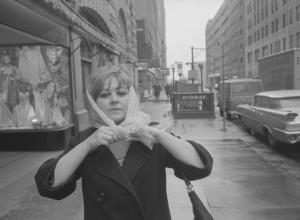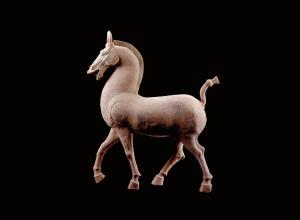At the Palo Alto Photography Forum, Steber began with photographs of Haiti where she spent twenty-five years documenting the traditions, political events, and lives of the Haitian people. “Small country, great people!” Steber remarked while explaining that Haiti is the only example in the world of a successful slave revolt. The Haitian Revolution (1791-1804) was led by slaves who, through voodoo practices, organized the revolt against the French colonial authorities and established a republic. In Haiti, Steber was mostly interested in the people. “I used to walk around the slums,” she said, “That’s where the best people are.” Her time on the island was not always pleasant. She risked her life and witnessed dramatic events like widespread violence during the 1987 elections and the devastation that the 2010 earthquake brought on the island. Despite these occurrences, Steber made a point of showing not only the horrors but also the beauty of Haiti and its people in the project The Audacity of Beauty.

Warrior Parents, (detail).
An award-winning photographer with decades of experience, Maggie Steber does not spare herself when examining her career. At a recent talk at the Palo Alto Photography Forum stretching almost two hours, Steber talked about her time in Haiti, her mother, her story for National Geographic on face transplants, and her newest upcoming projects. She spoke not just about the photographic process and challenges of the job, but about the journey of her life and the lives of those who populate her images. Steber is a captivating and enchanting speaker who achieves the difficult goal of bringing her audience from laughter to tears—and vice versa—through her anecdotes and the passion she exerts.
Steber was born in Texas, studied journalism and art and worked as a reporter and photographer for The Galveston Daily News. She was the director of photography for the Miami Herald from 1999 to 2003. During her career, she has worked in over seventy countries, contributed to many newspapers and magazines including Life, The New York Times Magazine and Time, and she was awarded the Leica Medal of Excellence, a Lucie Award (2019), and the Overseas Press Club President’s Award (2019), just to name a few. In 2015, she was named as one of the 11 Women of Vision by National Geographic.
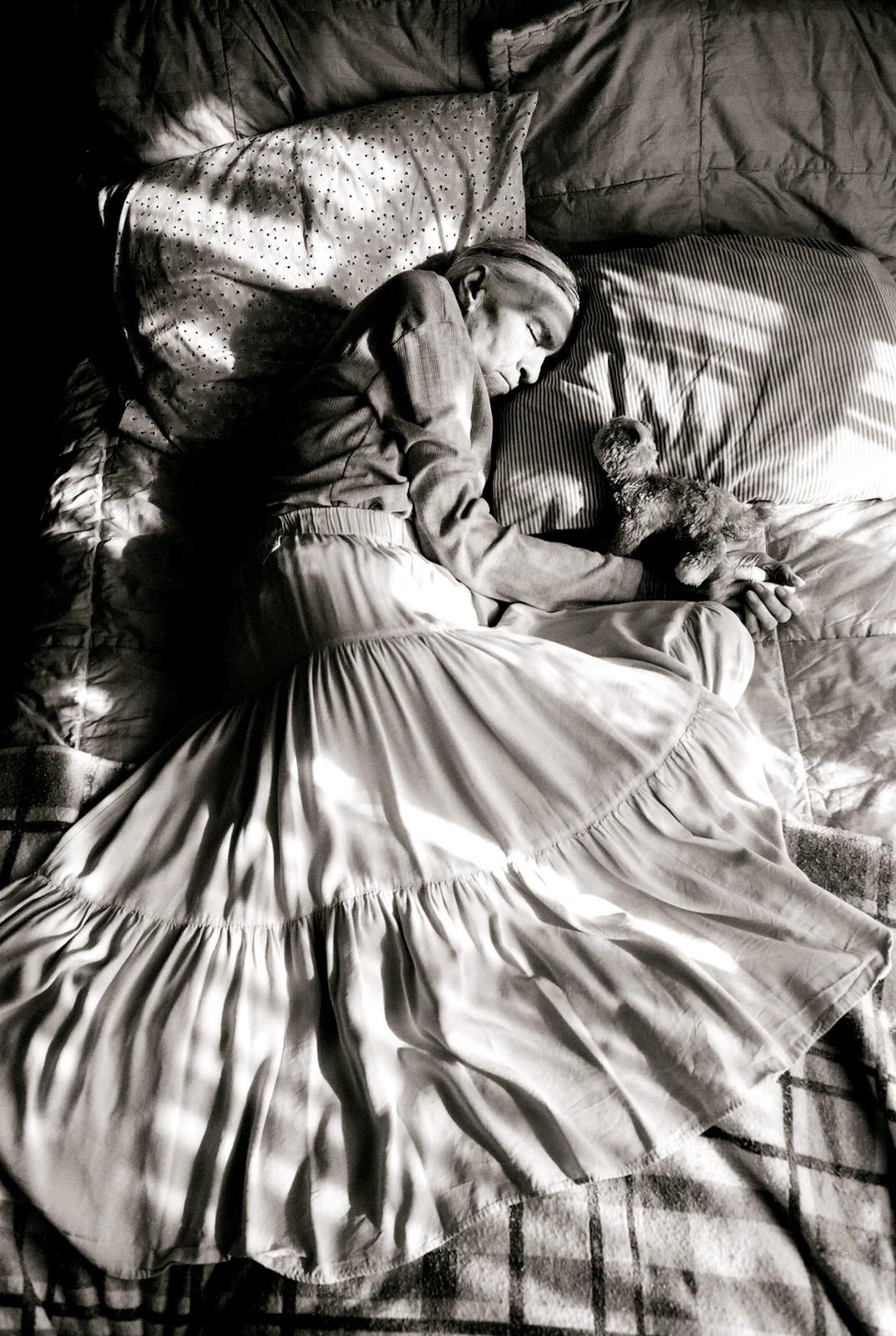
Sleeping Beauty
Steber then talked about her mother, Madje, who suffered from dementia. Once Madje’s health began to deteriorate, Steber, who had never photographed her mother before, decided she had to pick up the camera to record her: “I will be a warrior for my mother. And the camera will be my shield.” Through her shield, Steber photographed not only her mother but a woman, Madje, in all her frailty and strength. Madje’s beauty radiates from the photographs—in many she looks like a princess, with long braided hair and flowy skirts—and so do Steber’s love and respect for her mother. It is clear from these images as well as from what Steber said during her talk, that her mother played a pivotal role in her life.
Steber’s most challenging work appeared in a September 2018 National Geographic article on face transplants. It is the story of Katie Stubblefield, a girl who shot herself with a rifle, lost her face and is now the youngest person in the US to have a face transplant. The photographs are hard to look at, but Steber’s gift is the ability to find beauty in the unexpected, to give a voice to those who are not seen, to be respectful, to listen in order to make us listen.
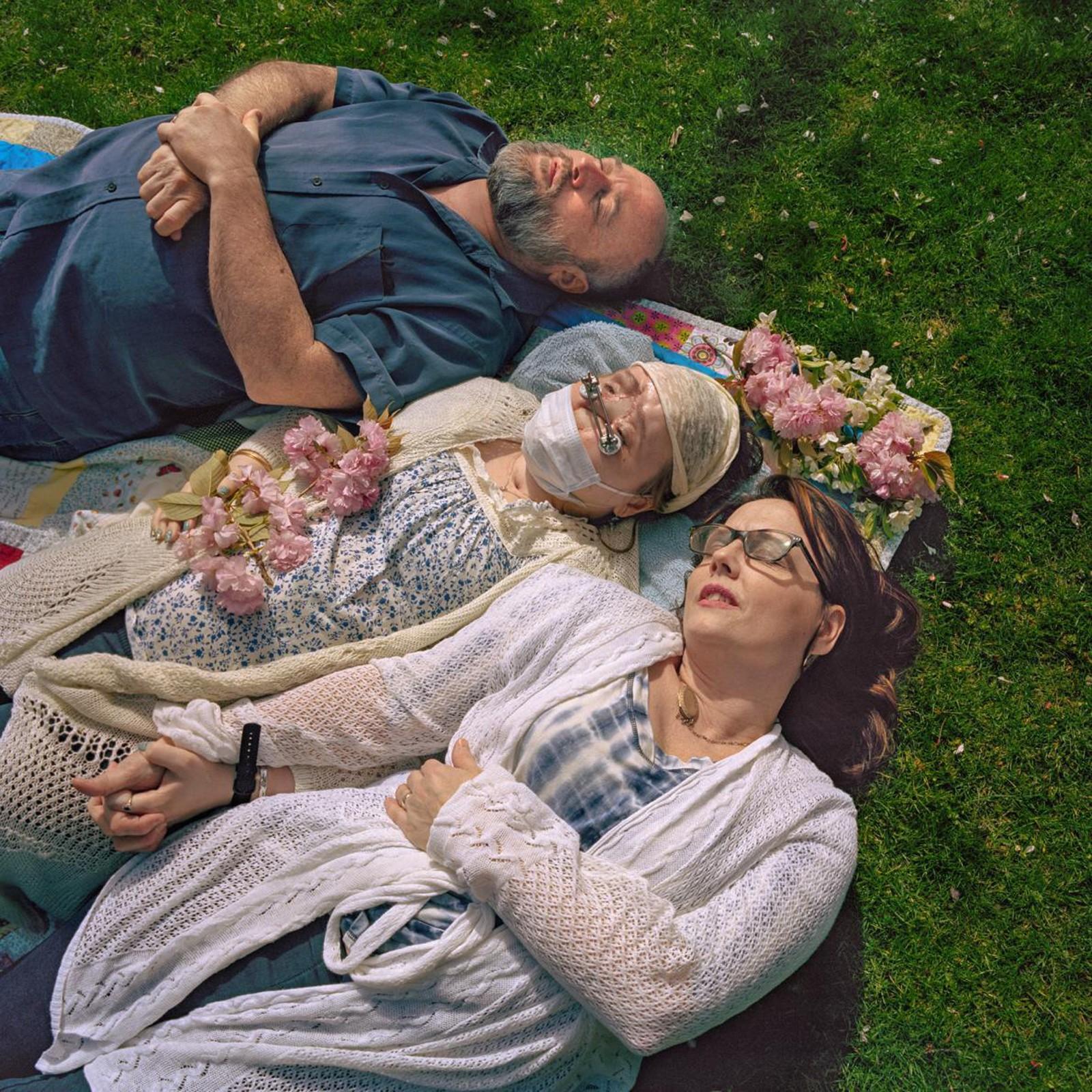
Katie Stubblefield and her parents, photographed for National Geographic
Steber ended her talk by speaking about her latest project titled The Secret Garden of Lily LaPalma, a journey into the photographer’s subconscious and the life of her alter-ego Lily LaPalma. In this secret garden, we find men surrounded by flowers and women floating just like Ophelia did in Pre-Raphaelites paintings. We are welcomed into the secret life of the Dead Lizards Army, a grotesque and funny series of shots where dead lizards are given a second life after dying from natural causes. In The Secret Garden, a lizard plays the piano to entertain the troops, while others sleep on luxurious flower beds. These photographs, distant from Steber’s usual subjects, reveal her playful and dreamlike side.

Swimming in Sea of Memory
When asked what does photography feel like now, Steber replied that phones have democratized photography and that this is a good thing, a joyful thing. “The downside,” she noted, “is that there are fewer venues [...] It is much harder, but it’s pretty darn sweet when it works.” Encourages aspiring photographers to pursue their dreams. Despite being an old school photographer, Steber was surprisingly not critical of technology. She clearly embraced Instagram where her profile (@maggiesteber) is also a true work of art.
It is clear that the passion, determination, and compassion that Maggie Steber puts into her photographs, as well as her life, can have an immense impact on those who encounter her work. She was not what you would expect from a famous and seasoned professional; she was kind, extremely funny, and compassionate. Maggie’s lesson was easy and yet so powerful that we might tremble at the sight of it. “Be a warrior,” she reminded us, “For something you believe in, for someone you love.”






